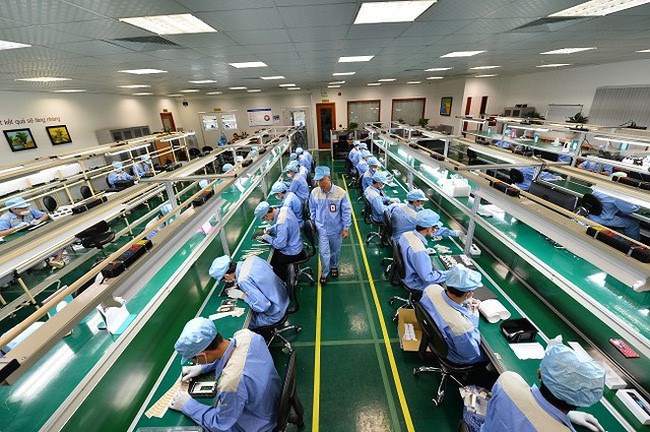Vietnam: Moving up the value chain under increasing global competition
Recognizing this challenge and opportunity, the Government has put in place a Supporting Industries (SI) policy framework that aims to upgrade the capabilities and technology of local enterprises to facilitate supplier linkages with FDI, as well as enable them to enter foreign markets. The Government is in the process of implementing the SI program, as well as revisiting its small and medium enterprise (SME) policy for strengthening the domestic private sector. The roll out and implementation details of these new programs and policies still need to be worked out, and the objective of this report is thus to contribute to these on-going efforts to enhance the competitiveness of the domestic private sector and to facilitate FDI spillovers and linkages.
As a result, a roadmap is needed to implement the supporting industries programs and strengthen SME competitiveness, which includes three key pillars for the operationalization of the SI program in Vietnam.
The first pillar seeks to strengthen and streamline the governance and institutional arrangements for SI policy and linkage program implementation (specifically a dedicated program for development of suppliers in Vietnam), through the (i) set-up of an inter-ministerial committee on supporting industry development, (ii) private sector membership in the committee, and (iii) provision of greater autonomy and capacity-building for the lead agency in SI development. These measures address the lack of coordination among government institutions and between government and the private sector, and fragmentation of policies and programs to improve the business environment for SMEs and supporting industries.
The second pillar seeks to connect multinational enterprises (MNEs) and local firms by reducing search costs for both local and foreign firms, through organization of informational events about FDI sourcing decisions and requirements, development of an online high-quality national supplier database (centered around priority sectors), and implementation of effective business-to-business (B2B) match-making services that will help foster productive linkages between high potential local suppliers and new or existing foreign investors in Vietnam. This pillar specifically addresses key constraints and market failures in focus sectors, particularly lack of information and coordination failures between supply and demand.
The third pillar aims to design and implement a demand-driven Supplier Development (SDP) program for upgrading local firms in key sectors with significant linkage potential. It highlights a package of vertical and horizontal support initiatives in specific sectors for the SDP – including specialized consulting services, managerial and technical skills, machine upgradation, and meeting labor and environmental standards and certification – that upgrades domestic capabilities. This support can be provided through the use of behavioral incentives which can be targeted towards both local suppliers for upgrading, and to MNEs to encourage sourcing locally or invest in supplier training and research and development.
The range of instruments employed to make the local suppliers bankable can vary from direct support (e.g. matching grants) to indirect fiscal support through tax incentives. These incentives must be tied to firm performance, targeted, and aimed at minimizing market distortions (e.g., possible crowding out of market driven approaches on linkages). This pillar seeks to address the lack of competitiveness of local suppliers.


 English
English




